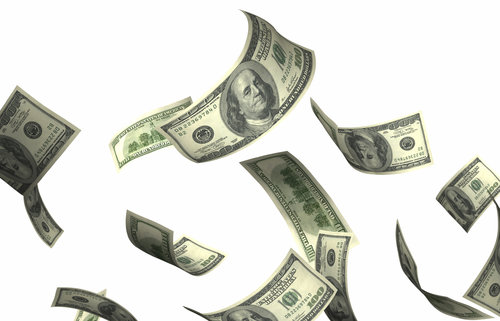
- #Best funds for income drawdown professional
- #Best funds for income drawdown series
- #Best funds for income drawdown free
Bucket #2 will generate interest, which can be moved to the cash bucket. Bucket #3 would produce dividends, which can be transferred to the other buckets. One answer to these questions that I've heard proposed is to use interest and dividends to refill buckets. Interest & Dividends Don't Solve the Problem

As we begin retirement, we have two years worth of expenses in Bucket #1. Let's assume we use the 3 bucket strategy described above. Notwithstanding its initial appeal, there are both theoretical and practical problems with the Bucket Strategy. Why the Bucket Strategy is Flawedįirst impressions can be deceiving. Third, it's easy to understand, an important criteria for retirees who, unlike me, don't spend their time reading white papers on the 4% Rule. Second, it isolates risky investments like stocks into a bucket that won't be touched for many years. Even if stocks drop precipitously, the retiree is protected with two years of cash and another five years of relatively safe bonds. First, it appears to insulate a retiree from short-term market fluctuations. This strategy has an initial appeal for several reasons. You can contact them on 01737 233413, Monday to Friday 9am to 8pm.(Note: The number of years worth of expenses in buckets one and two above can be adjusted to meet a retiree's specific risk tolerance.) HUB Financial Solutions – one of our group companies - can provide advice through their Retirement Income Service.

If you don't have an adviser, you can find one by visiting or .uk.
#Best funds for income drawdown professional
Income drawdown can be a complex area of financial planning, so we’d recommend you take professional financial advice. Who should I talk to about taking out income drawdown? This means that the lump sum or income is added to any other income they may receive and tax is calculated on the total.
#Best funds for income drawdown series
If you die before the age of 75, the money remaining in your fund can be paid tax-free either as a lump sum or in the form of an income (which can be a regular income or a series of one-off payments) to your beneficiaries/ estate.Īfter the age of 75, the same options are available, but the money is taxable at the marginal rate of the person receiving the income.

The performance of your investment and the amount of income you take should be reviewed and managed on a regular basis.If you take too much income you could run out of money.If investment performance is poor it may reduce the amount of income you can take.Your money is invested in funds that include equities and other investments that can fall in value.On your death, any money left in your fund can be paid to your family or your estate.At any time, you can transfer the money in your pension pot to provide a guaranteed income for life.You can use your pension pot to help with any unforeseen expenses.There are no limits on how much income you can take.

The rest of your pension pot can remain invested until you’re ready to draw an income.
#Best funds for income drawdown free
You can take a cash lump sum – up to 25% of which is tax free – without having to take any income.This has obvious attractions, but there are also risks. This means your pension pot remains invested in funds of your choice and you can withdraw however much you want, whenever you want it. An alternative to buying a guaranteed income for life is to consider ‘drawdown’.


 0 kommentar(er)
0 kommentar(er)
